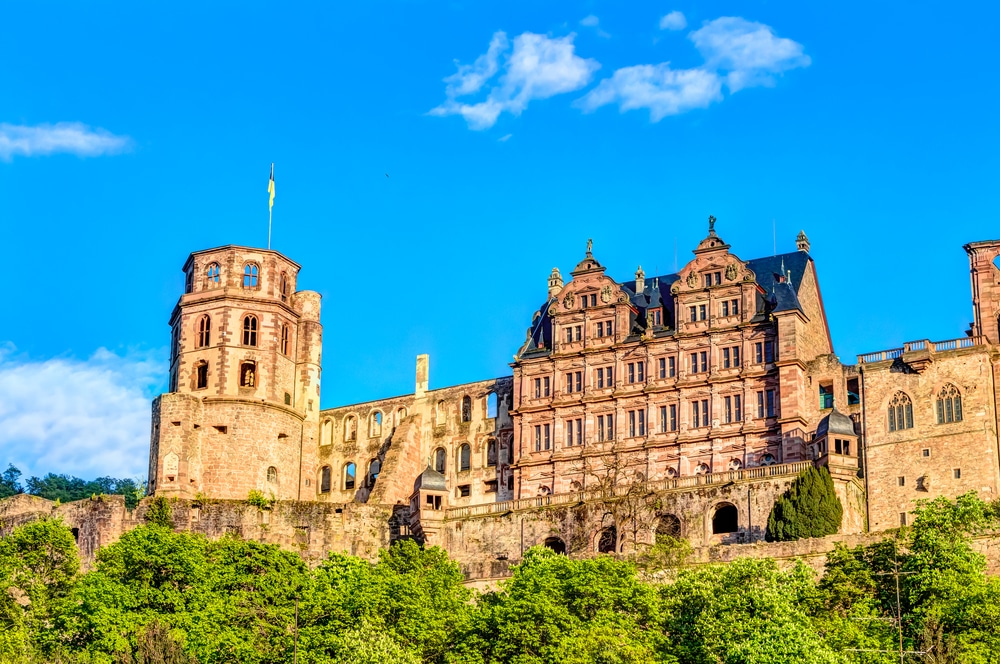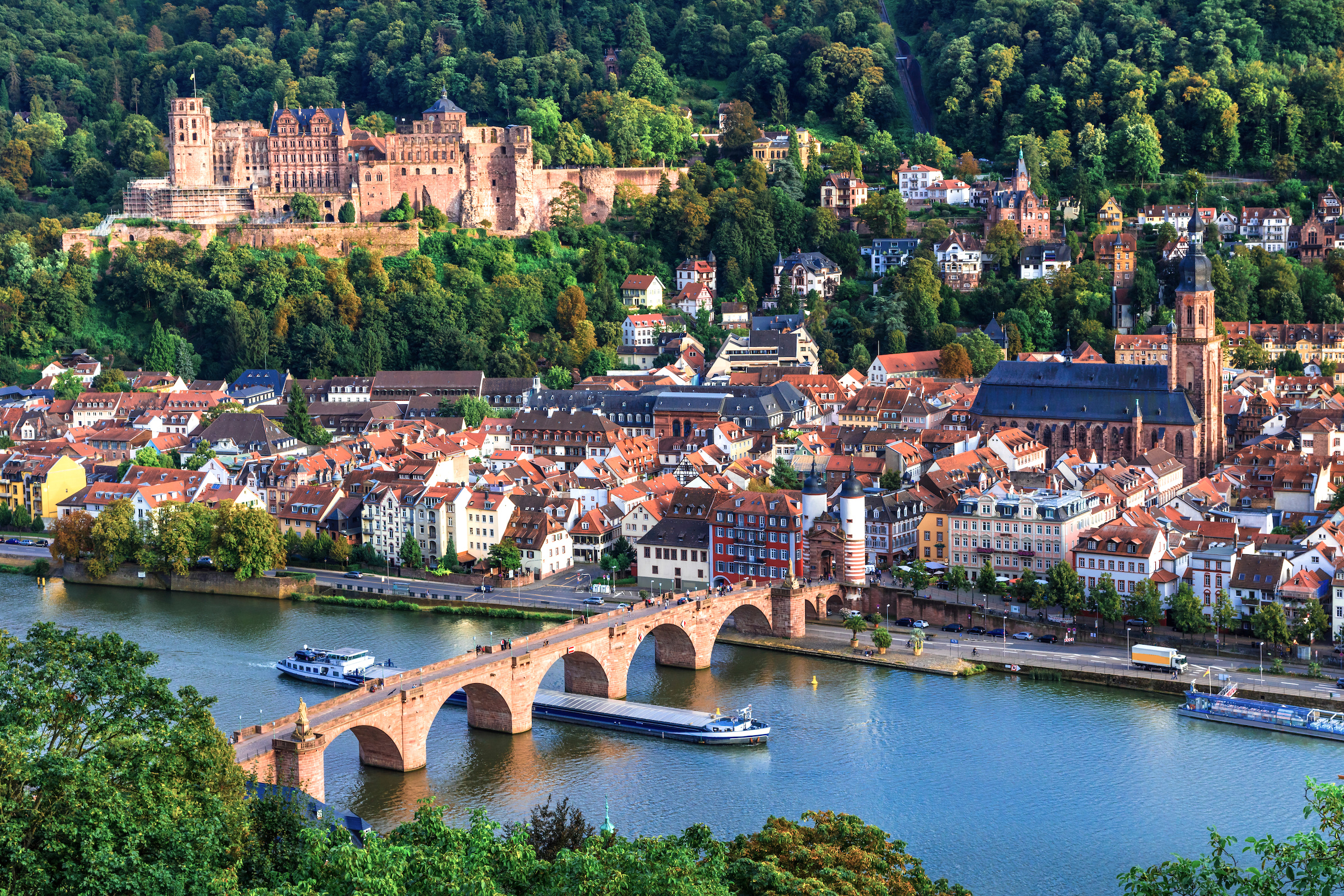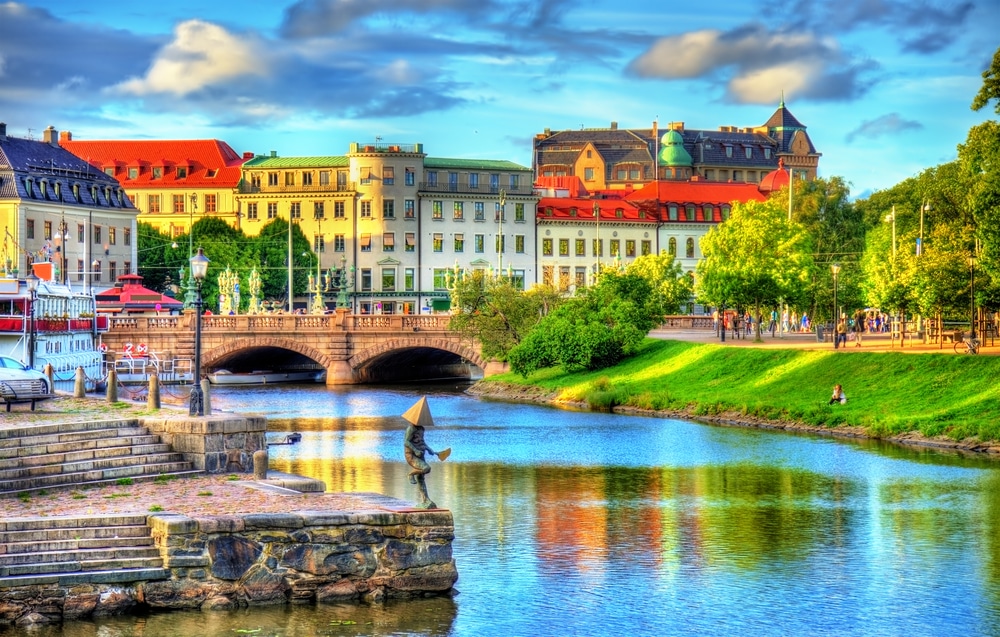- Home ›
- Germany ›
- Heidelberg
The history of Heidelberg Castle dates back to the 13th century, when the Palatine Electors had a castle built in Heidelberg. In the following centuries, the sight was further developed into a castle that today inspires visitors from all over the world with its Renaissance architecture. During the Thirty Years' War, the historic walls came under fire: despite several attempts at reconstruction, Heidelberg Castle remains in ruins to this day. Two lightning strikes in the 18th century contributed to its decay.
Over the centuries, however, the ruins developed a special attraction for visitors, and in the 19th century Heidelberg and its castle became a tourist hotspot. In its state as a ruin, the castle became a symbol of romanticism; even Mark Twain ennobled Heidelberg Castle in his work A Tramp abroad for its conveniently situated combination of dilapidated architecture and nature. Goethe is said to have once wandered through the walls of Heidelberg Castle, and Marianne von Willemer's verses, immortalized on a plaque on the site, are dedicated to him. He sketched the ruins in a prominent watercolour. Joseph von Eichendorff and Friedrich Hölderlin also appreciated the impressive ruins in Heidelberg.
Even today, the contours of the historic rooms can still be seen on site - from the library building to the Friedrichsbau, restored in the style of historicism, to the Gesprengter Turm, which was also immortalized by Goethe in a sketch in 1779. In addition to the historically preserved ruins, Heidelberg Castle also boasts an extensive palace garden, which invites visitors to take a stroll in the style of a park. The history of the palace garden, known as the Hortus Palatinus, goes back to the 17th century, when the magnificent greenery was established by order of the local elector, Frederick V. The palace garden is a place of great beauty. Today, it offers a sweeping view of the cityscape, the river Neckar and the Old Bridge. On the opposite bank lies the popular Philosophenweg (Philosophers' Path).




